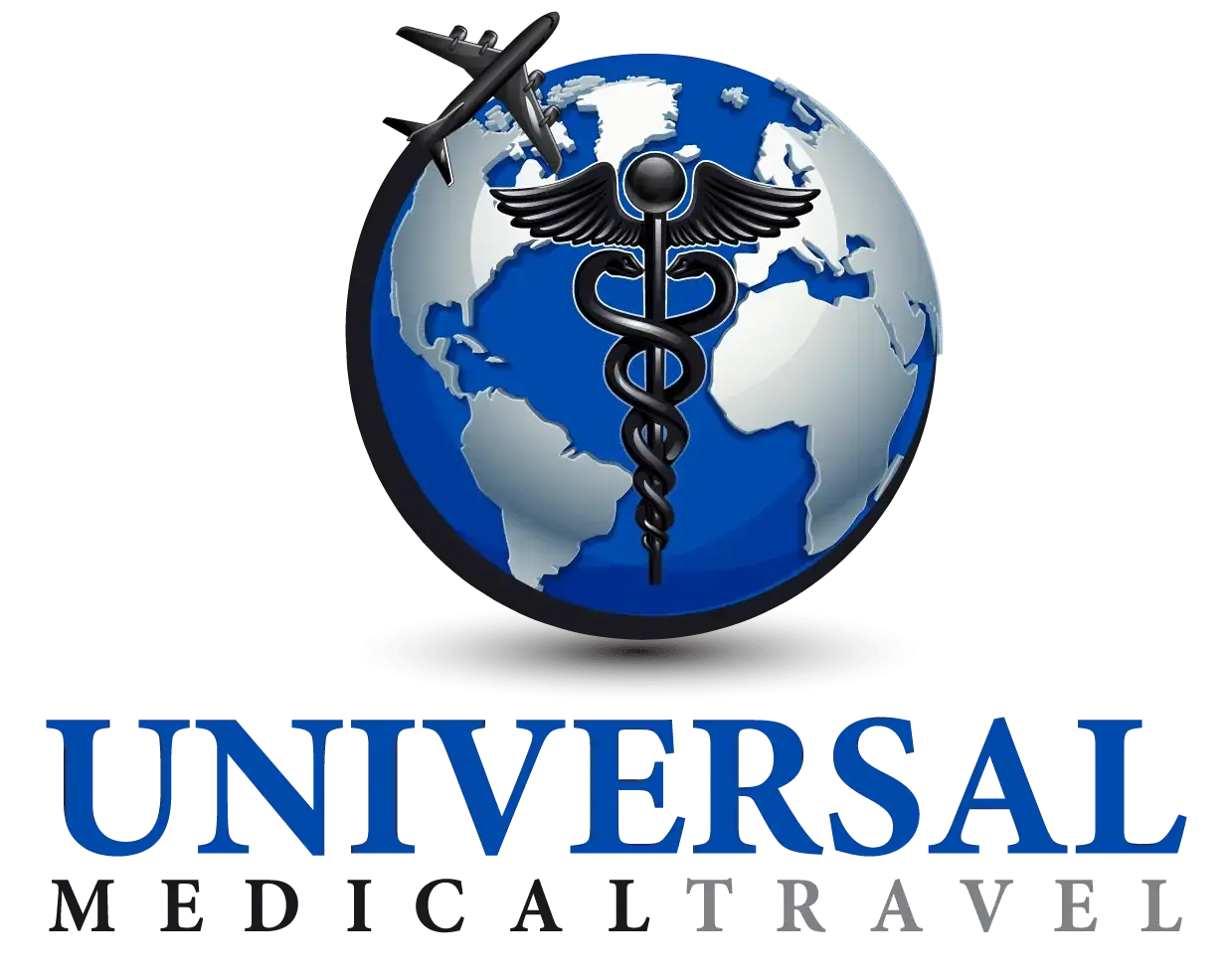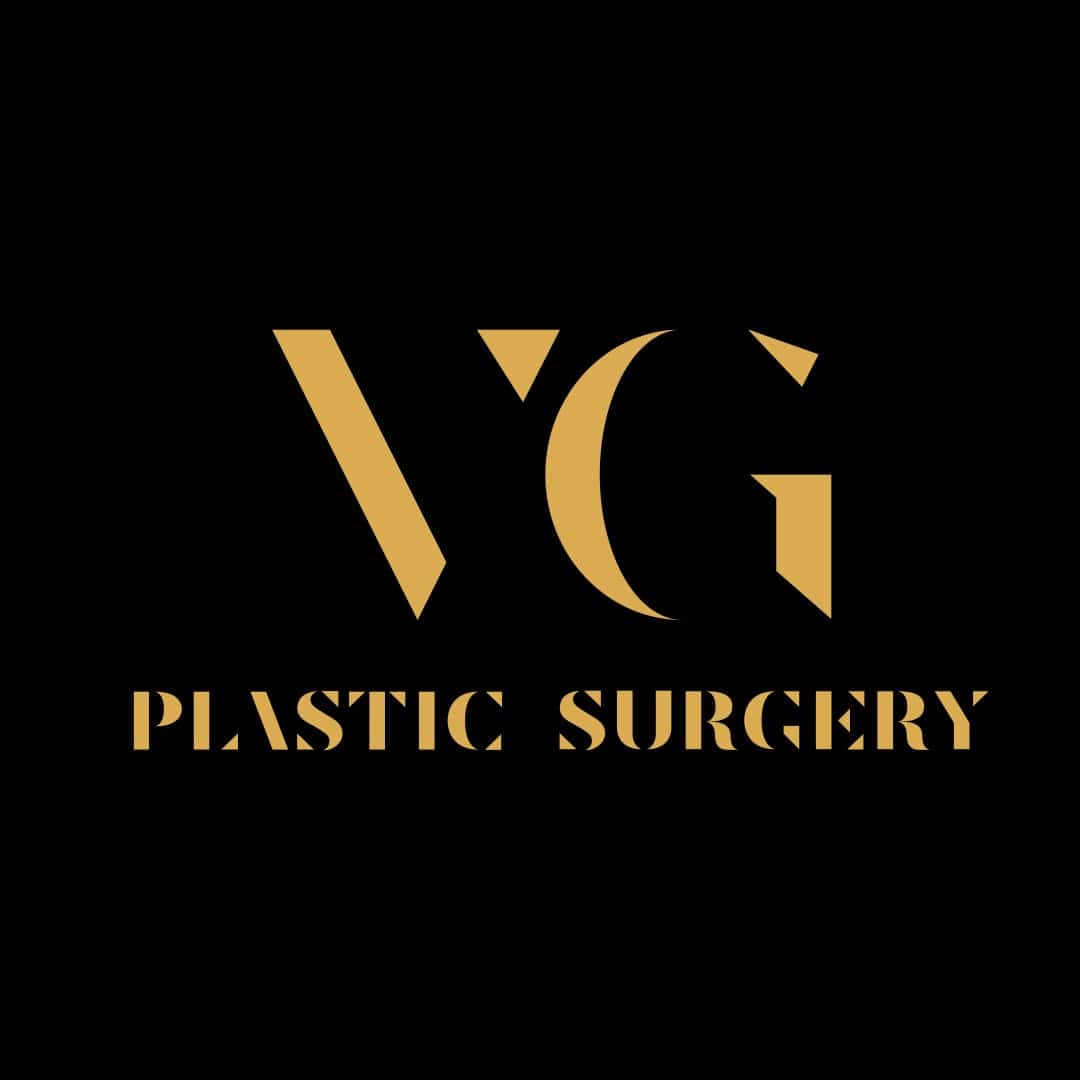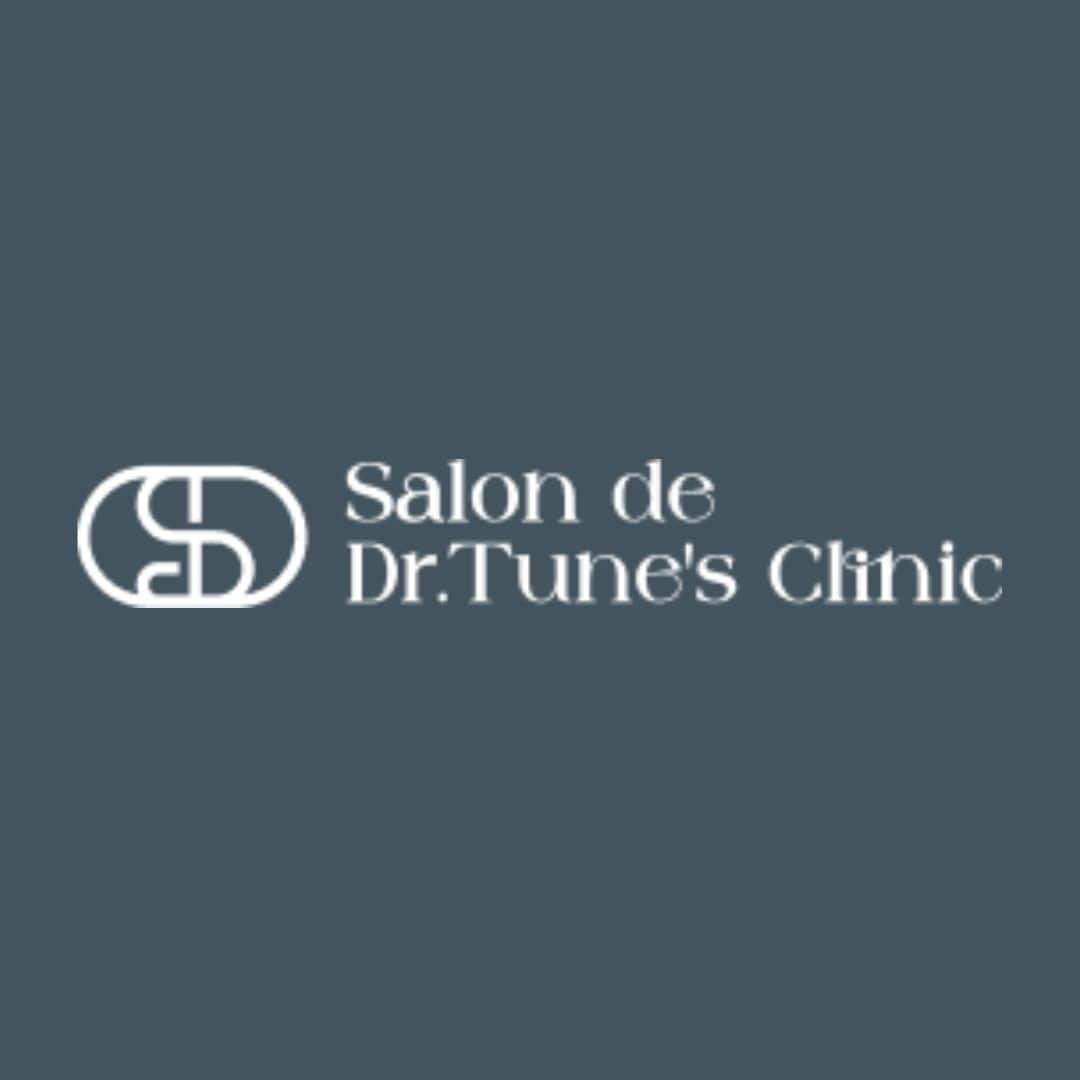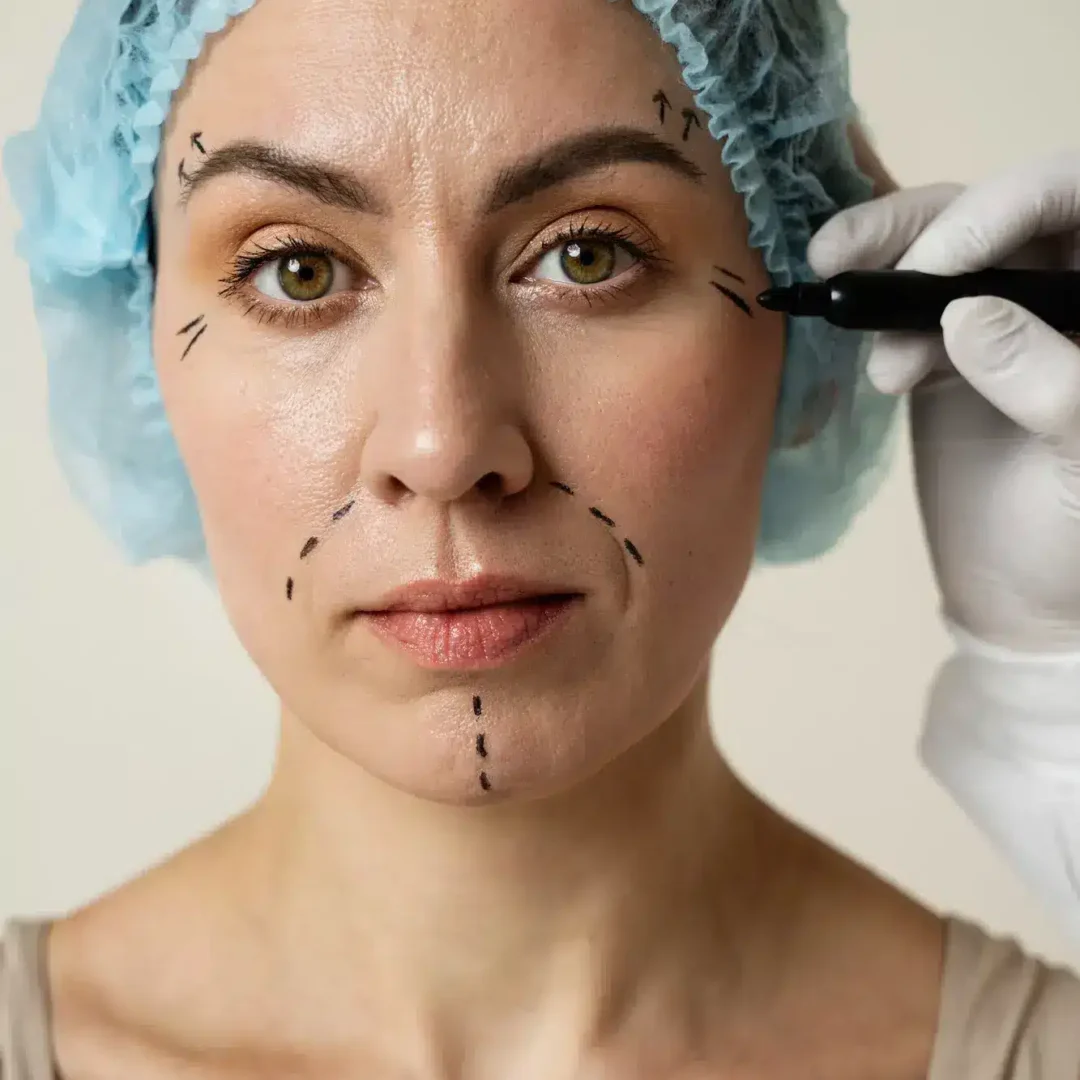Jaw reduction surgery, also known as mandibular contouring, is a popular cosmetic procedure in South Korea, renowned for its expertise in facial surgeries. This guide explores everything you need to know about jaw reduction surgery in Korea, including the procedure, recovery, costs, and why Korea is a top destination for this transformative surgery.
What Is Jaw Reduction Surgery?
Jaw reduction surgery is a cosmetic procedure designed to reduce the size and shape of the jaw, typically focusing on the lower jawbone or mandible. It is often sought by individuals who desire a slimmer, more V-shaped facial appearance. The surgery involves reshaping or removing parts of the jawbone to achieve the desired contour, enhancing facial harmony and balance.
Why Choose Korea for Jaw Reduction Surgery?
South Korea is globally recognized for its advanced cosmetic surgery industry, offering cutting-edge techniques, highly skilled surgeons, and state-of-the-art facilities. Here are some reasons why Korea is a preferred destination for jaw reduction surgery:
- Expert Surgeons: Korean plastic surgeons are highly trained, with many specializing in facial bone contouring. They have extensive experience in performing jaw reduction surgeries with precision and care.
- Advanced Technology: Korean clinics are equipped with the latest medical technology, ensuring safe and effective procedures with minimal risks.
- Comprehensive Care: Korean clinics provide comprehensive care, including pre-surgery consultations, detailed post-operative care, and personalized treatment plans.
- Affordability: Despite the high quality of care, jaw reduction surgery in Korea is often more affordable compared to other countries, making it an attractive option for international patients.
The Jaw Reduction Surgery Procedure
- Consultation: The process begins with an in-depth consultation with a plastic surgeon. This includes discussing your goals, assessing your facial structure, and determining the best approach for your surgery.
- Pre-Surgical Planning: Detailed imaging and 3D modeling are often used to plan the surgery. This allows the surgeon to visualize the final result and plan the procedure with precision.
- Anesthesia: Jaw reduction surgery is typically performed under general anesthesia to ensure comfort throughout the procedure.
- Surgical Techniques: The surgeon makes incisions inside the mouth to avoid visible scarring. They then carefully remove or shave parts of the jawbone to achieve the desired shape. In some cases, additional procedures like genioplasty (chin surgery) may be recommended for optimal results.
- Closing the Incisions: Once the desired shape is achieved, the incisions are closed with sutures, and the patient is taken to recovery.
Recovery Process
- Initial Recovery: After surgery, patients may experience swelling, bruising, and discomfort, which are normal and gradually subside over time. Pain medication and antibiotics are prescribed to manage discomfort and prevent infection.
- Follow-Up Visits: Regular follow-up visits are crucial to monitor healing and ensure that the jaw is healing properly. Your surgeon will provide specific instructions on diet, oral hygiene, and activities to avoid during recovery.
- Full Recovery: Most patients can return to normal activities within 2-4 weeks, but complete recovery and final results may take several months as swelling fully subsides.
Cost of Jaw Reduction Surgery in Korea
The cost of jaw reduction surgery in Korea typically ranges from $5,000 to $15,000, depending on the clinic, the surgeon’s expertise, and any additional procedures. This price generally covers the surgery, anesthesia, hospitalization, and post-operative care.
Is It Covered by Insurance?
Since jaw reduction surgery is considered a cosmetic procedure, it is usually not covered by insurance. However, financing options may be available through some clinics to help manage the cost.
Choosing the Right Clinic and Surgeon
Selecting the right clinic and surgeon is crucial for a successful outcome. Here are some tips:
- Research Credentials: Ensure your surgeon is board-certified and has extensive experience in facial contouring surgeries.
- Read Reviews: Look for patient testimonials and before-and-after photos to gauge the surgeon’s work.
- Consult Multiple Surgeons: It’s advisable to consult with more than one surgeon to find the one who best understands your goals and makes you feel comfortable.
Risks and Considerations
Like any surgery, jaw reduction carries risks, including infection, nerve damage, asymmetry, and dissatisfaction with the results. However, these risks can be minimized by choosing an experienced surgeon and following post-operative care instructions carefully.
Why Patients Choose Korea for Jaw Reduction Surgery
Beyond the technical expertise, patients choose Korea for jaw reduction surgery due to the country’s emphasis on aesthetics, patient care, and cultural understanding of beauty. The holistic approach to patient care, including psychological support and aesthetic counseling, ensures that patients not only achieve their desired look but also feel confident and supported throughout the process.
Final Thoughts
Jaw reduction surgery in Korea offers a blend of advanced technology, expert care, and affordability. Whether you’re looking to enhance your facial harmony or achieve a more balanced appearance, Korea’s world-class surgeons and clinics provide a trusted solution for those seeking this transformative procedure. As with any cosmetic surgery, thorough research and consultation are key to ensuring a safe and satisfying experience.
FAQs
Q: How long does the surgery take?
A: The procedure typically takes 2-4 hours, depending on the complexity.
Q: Will there be visible scars?
A: No, the incisions are made inside the mouth, so there are no visible external scars.
Q: When can I return to work?
A: Most patients can return to work within 2-4 weeks, depending on their recovery progress.
Q: Are there non-surgical alternatives?
A: Non-surgical options like Botox can temporarily reduce the appearance of a wide jaw, but they do not offer permanent results like surgery.
Q: Can I combine jaw reduction with other procedures?
A: Yes, many patients combine jaw reduction with other facial surgeries like rhinoplasty or cheek augmentation for a more comprehensive facial makeover.
Your Health Journey Starts Here – Connect with Our Consultants Today!
Please complete and submit a Patient Information Form to authorize our agency to forward your protected health information to the healthcare provider of your choice.Get 5% off your treatment by using discount code UMT5%.
Patient Information Form





